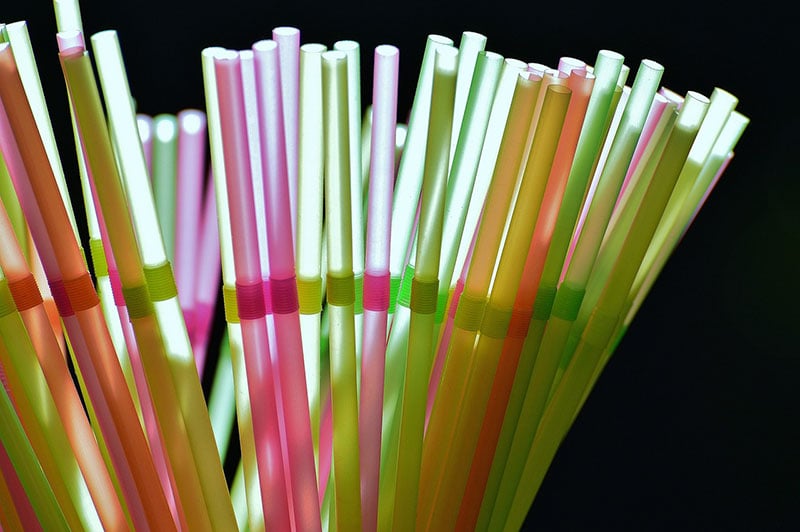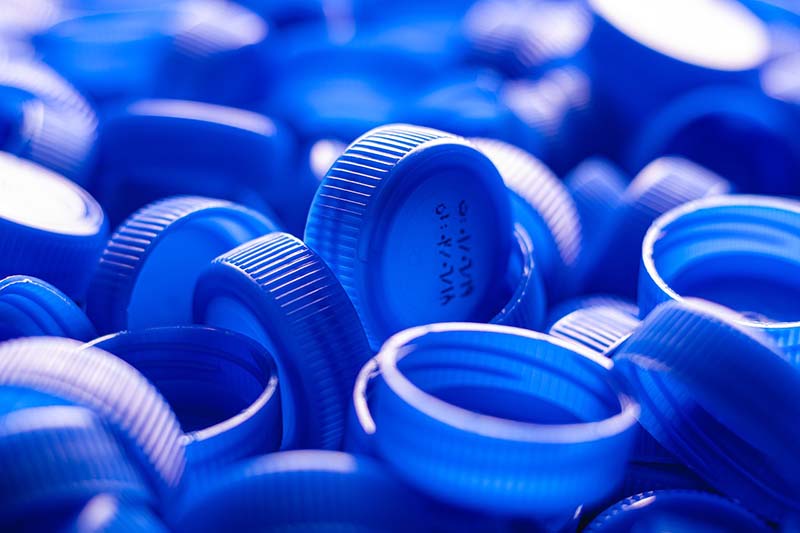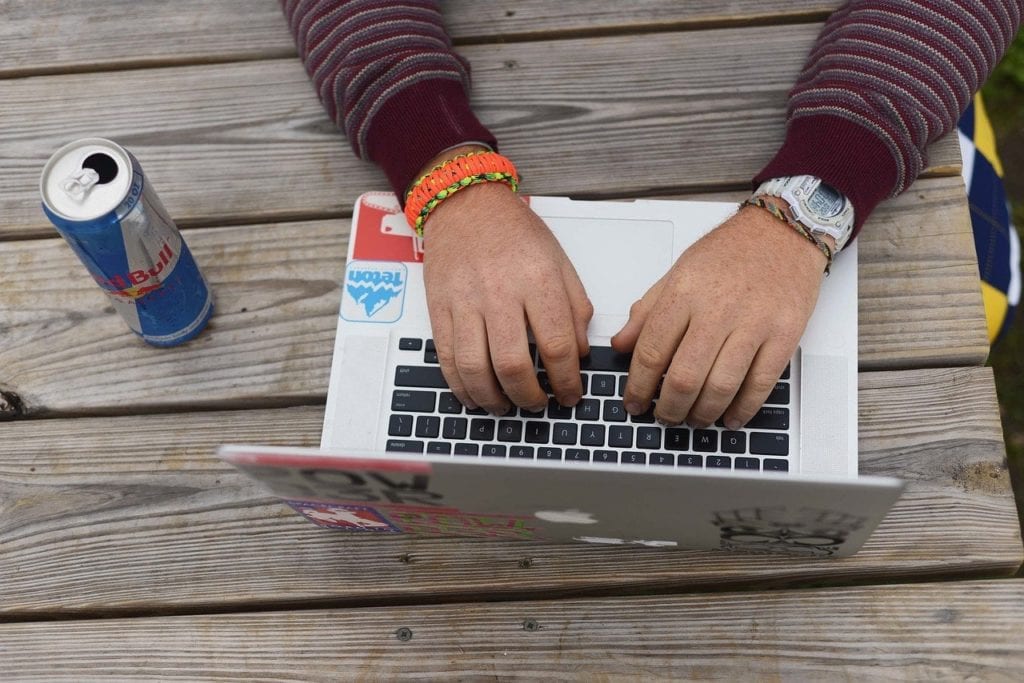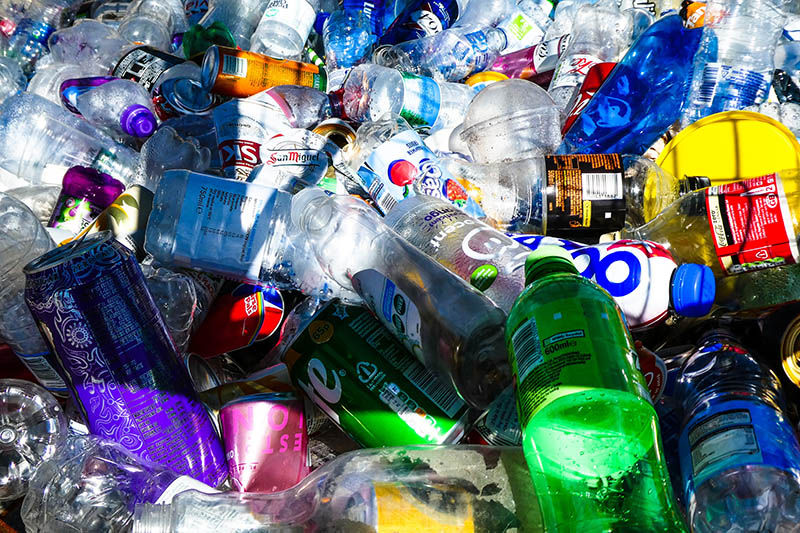Is Polypropylene Recyclable? How to Properly Disposed of It
-
Pete Ortiz
- Last updated:

Don’t let the chasing arrows fool you—that #5 plastic container may not be as recyclable as it appears. Polypropylene is one of the most versatile plastics today, but the processes surrounding its reuse aren’t as efficient as we like to think. While it is recyclable, much of what we put in the blue bin still ends up in the landfill.
Much of the problem with polypropylene recycling stems from a lack of proper resources for disposal nationwide. Yet as a consumer, you can still play a role in limiting the amount of polypropylene pollution you contribute.
Reducing and reusing containers is a critical first step, but avoiding polypropylene entirely is practically impossible. Learn to take the proper perspective on this pervasive plastic with our deep dive into how we use polypropylene and what we can do to manage it responsibly.
What Is Polypropylene?

Polypropylene is a thermoplastic used across a broad assortment of industries. It has a high melting point, low density, good chemical and moisture resistance, and is impressively tough and flexible. These characteristics make it ideal for numerous products, including:
- Yogurt containers
- Butter tubs
- Plastic cutlery
- Straws
- To-go containers
- Bottle caps
- Auto parts
- Children’s toys
- Plastic furniture
- Paint cans
- Chip bags
- Chemical packaging
- Pill bottles
- Syringes
Given its flexibility and fatigue resistance, the material also works well as a fiber. Polypropylene is popular as a woven material in bags, ropes, carpets, clothing, and upholstery. Its ability to contort without breaking makes it particularly valuable for living hinges. For instance, the narrow plastic on a shampoo cap is likely polypropylene because it can bend nearly 360 degrees without snapping.
Demand is high for polypropylene, especially as more industries are trying to shift from polystyrene to food-grade polypropylene. The global PP market size of $117 billion currently beats that of PET ($37.21 billion) and HDPE plastics and is expected to exceed $150 billion by 2028.
The packaging industry is the largest consumer of polypropylene, accounting for about 30% of the market. Some reports estimate polypropylene generation at around 17 pounds per U.S. household each year, resulting in over 827,000 tons annually nationwide.
Is Polypropylene Recyclable?
Polypropylene is recyclable. As a thermoplastic, recyclers can melt, cool, and solidify polypropylene several times to create new products. It can generally follow four recycling loops before degrading and entering a downcycling phase.
Polypropylene goes through five recycling stages: collection, sorting, cleaning, reprocessing, and reproduction. The plastic melts in the reprocessing phase, at which point processors break it down into pellets and ship them off to plastics manufacturers for repurposing. The pellets allow for easy reproduction via injection molding, extrusion, and various other processes.
The #5 plastic joins #1 PET and #2 HDPE as one of the three most accepted resin types in reuse programs, though the infrastructure is still growing. PP has only been recyclable in recent years, with a current recycling rate hovering around an abysmal 1%. It pales in comparison to PET’s 28% rate and is one of the primary reasons only 5–6% of the country’s plastic waste goes through recycling.
The Polypropylene Problem

As one of the most versatile plastics, polypropylene presents unique challenges for recyclers. Contamination from stored materials like food and oils can disqualify PP containers, and assorted dyes and fillers complicate the cleaning stage. Add in China’s 2018 National Sword policy that cut off an essential recycling outlet, and polypropylene overwhelmingly ends up in landfills due to inadequate American infrastructure.
Businesses have been trying to change the polypropylene story in recent years. It could mean good news for anyone trying to put used containers in the blue bin.
The Recycling Partnership’s Polypropylene Recycling Coalition has been leading the charge in improving PP recycling. The organization provides recycling education, partners with recyclers to supply grants and improve processes, and influences curbside recycling expansion.
Over a two-year span since its start, the Coalition helped 24 national material recovery facilities receive roughly $7 million for upgrades to their PP recycling systems. Nearly 8% of American households now enjoy accessible PP recycling solutions. According to the Coalition, the improvements allow for 25 million pounds of PP recovery each year.
With high demand in various industries, top players are making moves to boost polypropylene recycling. The most notable example is PureCycle Technologies. Licensing a process from Procter & Gamble, the organization will open a processing plant in Ironton, Ohio in late 2022. The company anticipates the plant processing over 100 million pounds of polypropylene each year. Plans are also in store for an even larger operation in Augusta, Georgia.
How to Recycle Polypropylene Properly
With the efforts of groups like the Recycling Partnership and manufacturers such as Nestle, polypropylene recycling is becoming more efficient and accessible.
Still, many areas don’t have recycling programs in place. While How2Recycle may deem PP as “Widely Accepted,” some estimates suggest only 28% of Americans have access to programs allowing #5 materials.
Before recycling anything in your blue bin, take a quick look at your city’s recycling program. Municipalities offer recycling guidelines online. You can also find local options with a quick Google search if your service doesn’t provide blue bin pickup.
Do I Need to Clean Polypropylene Before Recycling?

One of the biggest problems with single-stream recycling is contamination. Food, liquid, and other contaminants can force recyclers to send spoiled paper and plastic recyclables to the landfill. There’s no guarantee that even half of what you put in the blue bin will see another day as a recycled product, especially if it isn’t clean.
You don’t have to wash your polypropylene #5 containers thoroughly to recycle them, and it’s usually better if you aren’t meticulous. Consider the impact of water conservation. You’ll offset any environmental benefits from recycling your plastic by using an unnecessary amount of water trying to get it clean. In general, scraping gunk out of the container with a spatula and giving it a quick rinse is enough to make it suitable for recycling.
Final Thoughts
From consumers to leading product manufacturers, everybody wants polypropylene recycling to succeed. Investments are fueling impactful infrastructure updates, providing more people with access to convenient recycling solutions. But the resources are still lacking in many areas, and a few minutes of research with your local municipality can ensure that your recycling efforts produce results.
Featured Image Credit: Alexa, Pixabay
Contents



